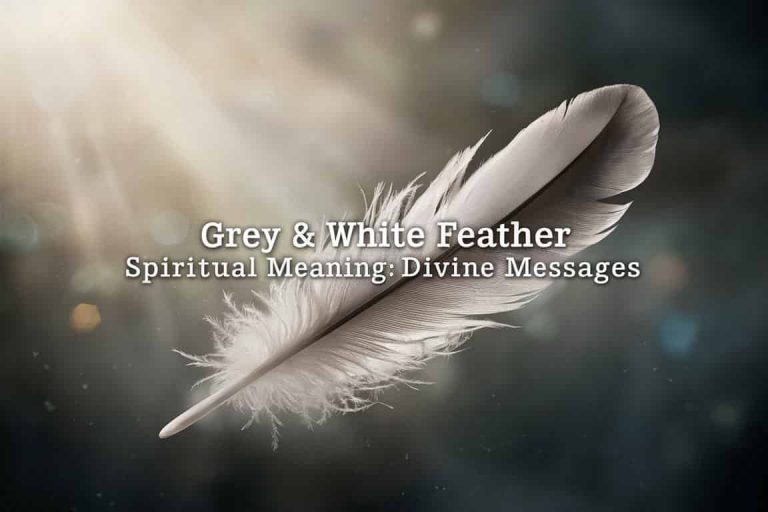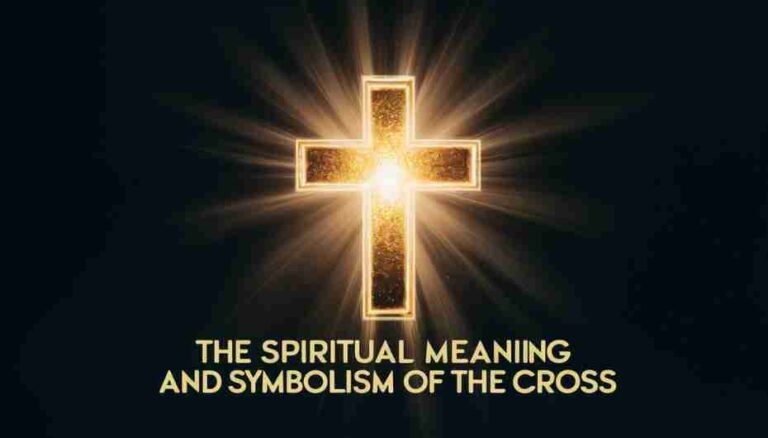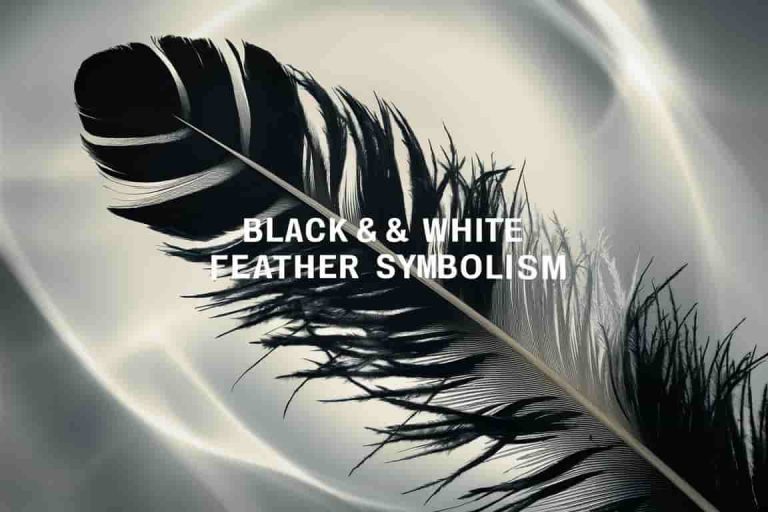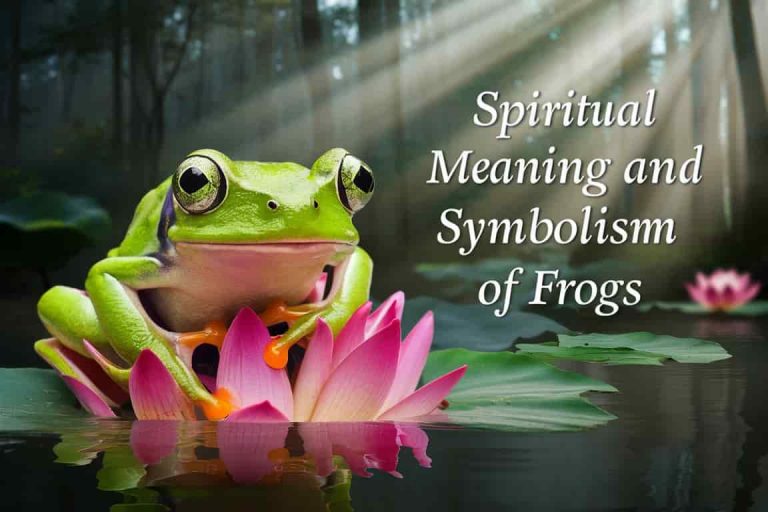The Spiritual Meaning and Symbolism of the Tree of Life
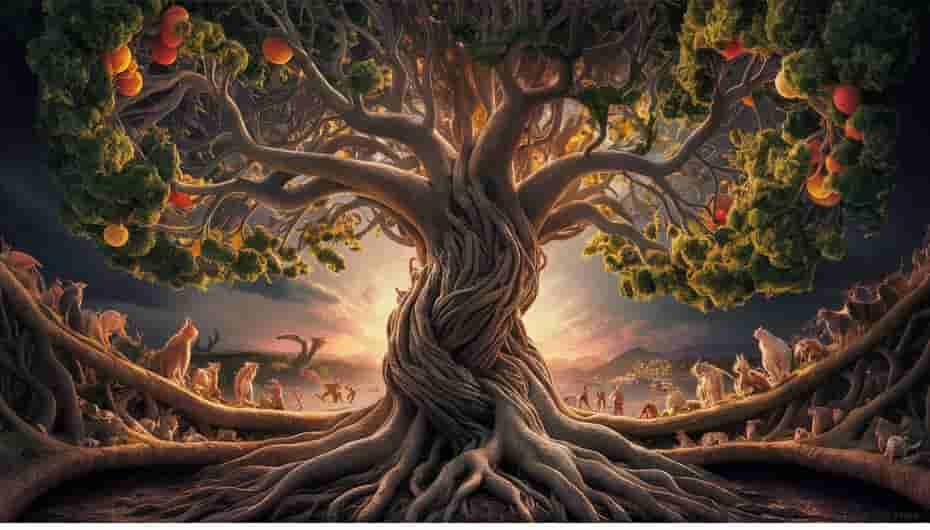
The Tree of Life is an ancient and universal symbol found in the spiritual traditions, mythologies and sacred art of cultures around the world. Featuring a large tree with spreading branches above, deep roots below, and a strong, unifying trunk, the Tree of Life represents the profound interconnectedness of all life on earth.
What is the Tree of Life?
At its core, the Tree of Life symbolizes the unity and interdependence of all life. Its imagery conveys a sense of cosmic order, balance and harmony, with the tree acting as an axis mundi or world center connecting the earthly and celestial realms. T
he Tree of Life can be found in countless variations in the religious and mythological traditions of the world, yet it retains a remarkably consistent core symbolism.
Some of the key features and meanings associated with the Tree of Life include:
- A large, often flowering or fruit-bearing tree with spreading or spiral branches
- Deep roots connecting the tree to the earth and underworld
- A strong central trunk acting as a pillar or axis between realms
- Twelve fruits representing the twelve months or zodiac signs
- Four rivers flowing from the base to the four cardinal directions
- Birds or other creatures inhabiting the tree’s branches
- The world serpent or dragon coiled around the base of the tree
While cultural details vary, the Tree of Life is most often depicted as a large, majestic tree at the center of the world, acting as a source of life, wisdom, and spiritual nourishment for all beings.
Its branches reach high into the heavens, drawing down the light of divine consciousness, while its roots grow deep into the earth, drawing up the sacred waters of life.
The trunk acts as a connecting pillar or bridge between the worlds, providing a pathway for the soul’s ascent and return.
Historical Origins and Evolution
The Tree of Life is one of the oldest and most widespread mythical symbols in the world. The earliest known depiction comes from the ancient Mesopotamian culture around 7000 BCE, where it was associated with the Mother Goddess and the sacred tree of Inanna.
Similar motifs can be found in the mythology and iconography of ancient Egyptian, Assyrian, Babylonian, Persian, Greco-Roman, Celtic, Norse, Slavic, Mayan, Aztec, Incan, Hindu, Buddhist, Taoist and Shinto cultures, among others.
Over time, the Tree of Life symbol evolved and was adapted by different cultures, taking on layers of new meaning while still retaining its core symbolism. Some key historical developments include:
- Incorporation into monotheistic religions like Judaism, Christianity and Islam
- Association with the cross of Christ and the tree of crucifixion in Christian art
- Development into the Kabbalistic Tree of Life in Jewish mysticism
- Merging with the World Tree or cosmic tree myths found in many shamanic traditions
- Becoming a symbol of enlightenment under the Bodhi Tree in Buddhism
- Evolving into the Yggdrasil or World Ash connecting the Nine Worlds in Norse mythology
- Inspiring the Tree of Jesse motif in medieval Christian art
- Appearing as the Mesoamerican World Tree connecting the underworld, earth and heavens
Despite these varied cultural expressions, the Tree of Life has maintained a remarkable consistency in its core meaning and symbolism across time and place. Its enduring power lies in its ability to speak to universal human needs – for meaning, connection, growth, and spiritual awakening. By tracing the Tree of Life through history, we can better understand its profound significance and continued relevance for us today.
The Tree of Life Meaning
The Tree of Life is a rich and multi-layered symbol that has evolved over time to represent a variety of spiritual meanings and life lessons. At its core, the Tree of Life symbolizes the deep interconnectedness of all life on earth, the cyclical nature of existence, and our shared quest for growth, meaning and enlightenment.
The Connection of All Things
One of the most fundamental meanings of the Tree of Life is the deep connection and unity of all life. The tree’s imagery – with its roots reaching deep into the earth, branches stretching towards the sky, and solid trunk connecting the two – symbolizes the interconnected web of creation and reminds us that we are all part of something larger than ourselves.
This idea is beautifully expressed in the Baháʼí Sacred Writings, where Bahá’u’lláh refers to the Manifestations of God as “Trees of Life” that provide spiritual sustenance to all humanity:
“Verily He is the Tree of Life, that bringeth forth the fruits of God, the Exalted, the Powerful, the Great.”
The Tree of Life invites us to recognize our common roots and shared destiny, to treat all beings with reverence and compassion, and to live in harmony with the great web of life.
Family and Ancestry
Another powerful meaning of the Tree of Life relates to family, ancestry, and the ties that bind generations. In many cultures, the Tree of Life symbolizes the continuation of family lineage and heritage through time.
The tree’s structure reflects this beautifully – the roots represent one’s ancestors and heritage, the trunk symbolizes the present generation, and the branches and leaves represent one’s children and future descendants. Together, they form an unbroken chain of life that stretches into the past and future.
In Celtic culture, trees were believed to be the ancestors of humans, with the Tree of Life or “Crann Bethadh” connecting the earthly and spiritual worlds. Meditating on the Tree of Life can provide a profound sense of rootedness, belonging, and connection to one’s family tree and ancestral heritage.
Personal Growth and Spiritual Awakening
The Tree of Life also provides a powerful model for personal growth and spiritual development. The tree’s journey of growth – from seed to sapling to mature tree – mirrors the soul’s own evolutionary journey towards enlightenment.
Just as a tree needs strong roots, a solid core, and the ability to reach for the sky, the Tree of Life teaches us to:
- Develop deep roots through self-understanding and spiritual practice
- Establish a strong foundation of values, purpose and integrity
- Reach for our highest potential and most expansive self
- Find meaning and growth in all stages of life, from seed to full flowering
In Buddhism, the Bodhi Tree under which the Buddha attained enlightenment is revered as a symbol of spiritual awakening. The Tree of Life reminds us that life provides endless opportunities for transformation if we open ourselves to its lessons with humility and grace.
The Cycle of Life, Death and Rebirth
Finally, the Tree of Life is a potent symbol of the eternal cycle of birth, death and renewal that characterizes all of existence. Through the tree’s seasonal cycles of growth, shedding and rebirth, we are reminded that change is the only constant and that loss and death are essential parts of the cycle of life.
In Egyptian mythology, the Tree of Life was seen as the link between the underworld, earth and heaven, symbolizing the cyclical journey of the soul. The Norse World Tree Yggdrasil also embodies this theme, connecting the realms of life and death.
Reflecting on the Tree of Life can provide solace during times of loss, remind us to live in harmony with nature’s cycles, and invite us to embrace change as an essential part of growth. With each ending comes the promise of a new beginning, as the tree’s falling leaves give way to the fresh buds of spring.
Intrigued by this? Discover more articles.
The Tree of Life Across Cultures and Religions
The Tree of Life is one of the most widespread mythological symbols, appearing in the spiritual traditions of cultures around the world. By exploring the Tree of Life’s meaning across different belief systems, we can appreciate both the diversity and underlying unity of this powerful archetype.
Christianity
In the Bible, the Tree of Life first appears in the Book of Genesis as one of two trees in the Garden of Eden. The other is the Tree of Knowledge of Good and Evil, from which Adam and Eve eat the forbidden fruit, leading to their expulsion from Eden. The Tree of Life, in contrast, is believed to grant immortality to those who eat its fruit.
After the Fall, the Tree of Life is guarded by cherubim and a flaming sword “to guard the way to the tree of life” (Genesis 3:24). In the Book of Revelation, the Tree of Life reappears in a vision of the New Jerusalem, with its twelve fruits and healing leaves (Revelation 22:2). Christian tradition often associates the Tree of Life with the cross of Christ, the “tree” that overcomes death and restores access to eternal life.
Judaism
In Jewish mysticism or Kabbalah, the Tree of Life is a diagram used to describe the path by which the divine life force flows into the universe. The tree consists of 10 nodes or sefirot, with 22 connecting paths between them. Each sefirah (singular of sefirot) represents a different aspect or emanation of God, through which He creates the physical and metaphysical realms.
The Tree of Life is studied as a map of the soul’s spiritual journey to higher consciousness and union with the Divine. By meditating on the sefirot and their connections, the Kabbalist seeks to restore the flow of divine energy and repair the world.
Buddhism
In Buddhism, the Tree of Life is the Bodhi Tree, under which Siddhartha Gautama sat in meditation and achieved enlightenment, thus becoming the Buddha. The Bodhi Tree is a type of fig tree known as the Peepal or Sacred Fig (Ficus religiosa).
For Buddhists, the Bodhi Tree symbolizes the path to enlightenment and release from the cycle of rebirth. It reminds seekers that just as the Buddha achieved liberation under the Bodhi Tree, all beings have the potential to awaken to their true nature and be free from suffering. Bodhi trees are often planted near Buddhist temples and are sites of pilgrimage and devotion.
Hinduism
In Hinduism, the cosmic Tree of Life is called Kalpavriksha, meaning “wish-fulfilling tree.” It is described in the Puranas as a divine tree that grants the desires of those who venerate it. The Kalpavriksha is said to emerge during the churning of the cosmic ocean by the gods and demons.
Another sacred tree in Hinduism is the Ashvattha or sacred fig, which is mentioned in the Bhagavad Gita. Krishna describes the Ashvattha as an eternal, inverted tree with its roots in the heavens and its branches below (Gita 15.1-3). This upside-down tree represents the illusion of the material world which must be cut down with the “axe of detachment” to realize the Self.
Celtic Beliefs
The ancient Celts revered trees as living, magical beings that served as portals to the spirit world. The most sacred tree was the Oak, which represented the axis mundi or world axis. The Celtic Tree of Life, called Crann Bethadh, was believed to connect the three realms of the underworld, middle-earth, and the heavens.
Trees were seen as symbols of transformation, seasonal change, and rebirth. The Tree of Life reminded the Celts of the eternal cycle of growth, death, and renewal in nature and within their own lives. Honoring sacred trees through prayer and offerings was an integral part of Celtic spirituality.
Norse Mythology
In Norse cosmology, the Tree of Life is the mighty ash tree Yggdrasil, which connects the Nine Worlds of Norse myth. Yggdrasil’s branches reach into the heavens, while its three roots extend into the realms of the gods, giants, and the dead. The tree is tended by the Norns, who water it daily and weave the fates of all beings.
Yggdrasil endures many hardships, including being gnawed at by serpents and deer, yet it remains ever-green, symbolizing the resilience and regeneration of life. The tree shelters and sustains all of creation, with the gods meeting daily at its base. Odin, the chief god, is said to have hung from Yggdrasil for nine nights to attain the wisdom of the runes. For the Norse, Yggdrasil embodied the sacredness and cyclical nature of the cosmos.
Modern Applications and Interpretations
In modern times, the Tree of Life has become a popular and versatile symbol, appearing in various contexts from art and literature to jewelry, tattoos and logo designs. While these modern applications may not always carry the full depth of the symbol’s spiritual roots, they still evoke themes of growth, renewal, and our connection to nature.
Some common modern interpretations and uses of the Tree of Life include:
- As a symbol of personal growth and transformation, with the tree representing the journey of the self
- To represent family, ancestry and the ties that connect generations
- As an emblem of environmental awareness and our connection to the natural world
- In spiritual and metaphysical contexts to represent the soul’s journey or the different planes of existence
- As a decorative motif conveying a sense of organic beauty, wisdom and timelessness
Whatever the context, the Tree of Life continues to resonate as a potent and evocative symbol, inviting reflection on the deeper patterns and meanings that shape our lives.
Scientific and Psychological Perspectives
While the Tree of Life is primarily a spiritual and mythological symbol, it also finds interesting parallels in scientific and psychological frameworks.
In Jungian psychology, the Tree of Life can be seen as an archetype of the Self, representing the process of individuation and the development of a healthy, integrated psyche. Like a tree, the Self is seen as the central, organizing principle of the personality, with roots in the unconscious and branches extending into the conscious realms of thought and behavior.
The Tree of Life also mirrors the structure of the human brain and nervous system, with its dense network of branching neurons. Some have even suggested that the brain’s fractal architecture reflects the same underlying patterns found in trees and other natural systems, hinting at a deep symmetry between mind and nature.
From an evolutionary perspective, trees represent some of the oldest and most resilient life forms on Earth, with the capacity to withstand tremendous stresses and adapt to changing conditions over vast timescales. In this light, the Tree of Life can be seen as a symbol of the creative power and resilience of life itself.
While such scientific perspectives can enrich our understanding, the true power of the Tree of Life symbol lies beyond the reach of pure rationality. Its enduring appeal speaks to something deeper – an intuitive recognition of life’s sacred dimension and our own entanglement in its ever-unfolding mystery.
The Enduring Power and Relevance of the Tree of Life
As we have seen, the Tree of Life is a truly global symbol, with roots reaching back to the dawn of human culture and branches extending into nearly every spiritual tradition. Its power to evoke wonder, insight and a sense of connection to the greater web of life has persisted across vast stretches of time and space.
In a world that often feels fragmented and adrift, the Tree of Life offers a timeless vision of wholeness and interconnection. It reminds us of our shared roots in the earth, our common aspirations towards the sacred, and the inexhaustible power of life to heal, transform and transcend.
Whether as a focus for meditation, a source of creative inspiration, or simply a reminder to stay grounded and keep growing, the Tree of Life continues to offer its gifts of wisdom and wonder. By reflecting deeply on this ancient symbol, we can reconnect with the living essence at the heart of all spiritual traditions – the ever-present mystery of life itself, ceaselessly unfolding in, around and through us.
As a universal expression of life’s most sacred patterns and potentials, the Tree of Life invites us to discover our own place within its branches and to take up the ongoing work of creation, growth and awakening. In this way, the Tree of Life remains a powerful ally and guide for all those who seek to live with authenticity, purpose and an open heart.
Sources:



